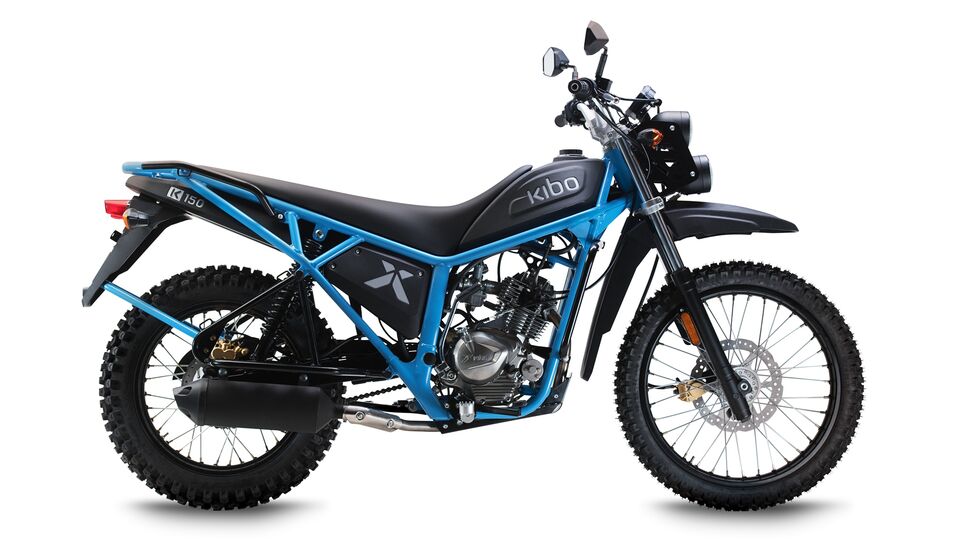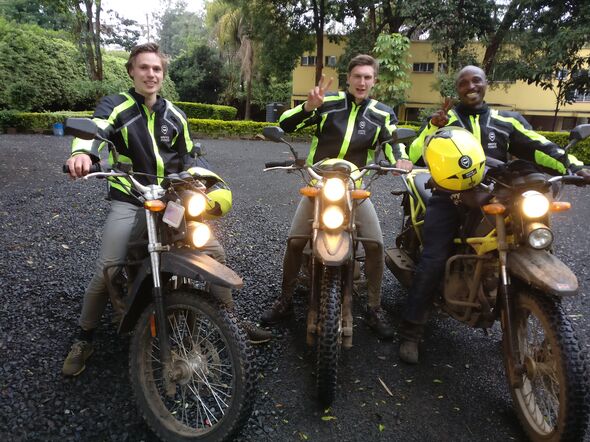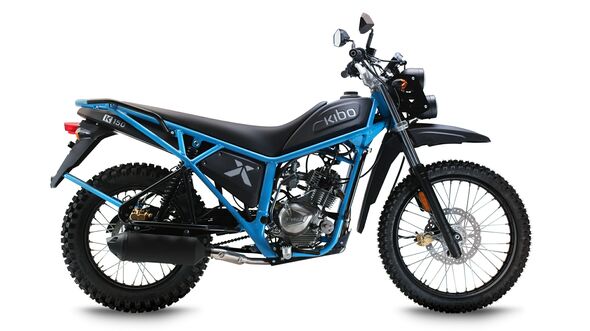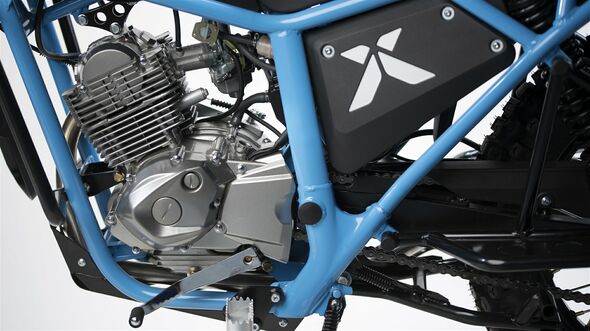SPIKE Mobility: The heritage of STORM Eindhoven
For eighteen months we hardly heard from them at all. The students of STORM Eindhoven who toured the world in 80 days on a vehicle they developed themselves, just did not know how to continue. Meanwhile a small group has taken up the gauntlet and STORM continues as a producer of electric powertrains under the name of SPIKE Mobility. The first big assignment: develop an electric drive for motorcycles in Kenia.
One of the seven students working at SPIKE at present is Bas Verkaik, former spokesman for STORM. He says it was difficult to start something new with the team. “After we had come back, everybody just resumed their studies again. We then decided that we would in any case not go on as a student team. In fact we could not come up with a good sequel, which would have detracted from what we have achieved with STORM.”
Commissioning authority opens their eyes
In the end a commissioning authority presented itself and breathed new life into the team after all, though as a producer of electric powertrains. Verkaik: “We started talks with several companies. Ultimately we joined forces with a Dutch company that makes motorcycles specifically intended and developed for Kenia, Kibo. They approached us, asking whether we could convert their existing motorcycle into an electric model.”
STORM or SPIKE, as the company is called now, liked that idea. Especially once the team had conducted market research in Kenia and found out that there were plenty of possibilities. It is not going to build its own motorcycle anymore, though. “We want to develop an entire electric powertrain which is not only suited for motorcycles, but also for scooters, tuctucs, small cars and other small means of transport. We do see a fair amount of development going on with electric cars and also with bikes. However, anything in between is hardly included at all. Here in the west there is simply no demand for it, but in Kenia nobody has a car, for instance, because it is simply too expensive and not practical. In the end you should be able to convert a small vehicle without too many adaptations with this powertrain.”
Outlook
The next steps to be made by SPIKE include the building of a battery pack and subsequently the complete powertrain will be developed. Then a prototype will be built, followed by a pilot of several vehicles. The prototype should be there in October and is a simple converted Kibo. It will subsequently undergo tests by experiential experts in Kenia, the taxi riders. “There are a great many taxi riders there who have motorcycles themselves, but in fact there are no big taxi companies. Kibo has an affiliated company which has taxi-motorcycles, so we can roll things out on a bigger scale with the pilot.”
Although the company cannot pay its employees yet and everybody who now invests time must in due course become shareholders, it is not looking for investors yet. “At this moment the financing for the prototype has been found. We achieved that together with Kibo. When we get cracking with the fleet, we are going to look for investors. Although we have already heard from several parties that are interested, we are not ready for them just now.”
Move
At this moment SPIKE is still maintaining the motorcycles of STORM that are used occasionally for a demonstration and for visiting events. Still, the company is not really in the proper place in Momentum, as Verkaik realizes. “Eventually we will have to move, considering that we are not a proper student team anymore. Then we will probably move to the Innovation Space and perhaps towards the Automotive Campus in Helmond in the end.”
Whether a new STORM Eindhoven team will ever be created again, time will tell. At any rate it is certain that it has not disappeared altogether and that some of the spirit of the team still lives on in SPIKE Mobility.





Discussion